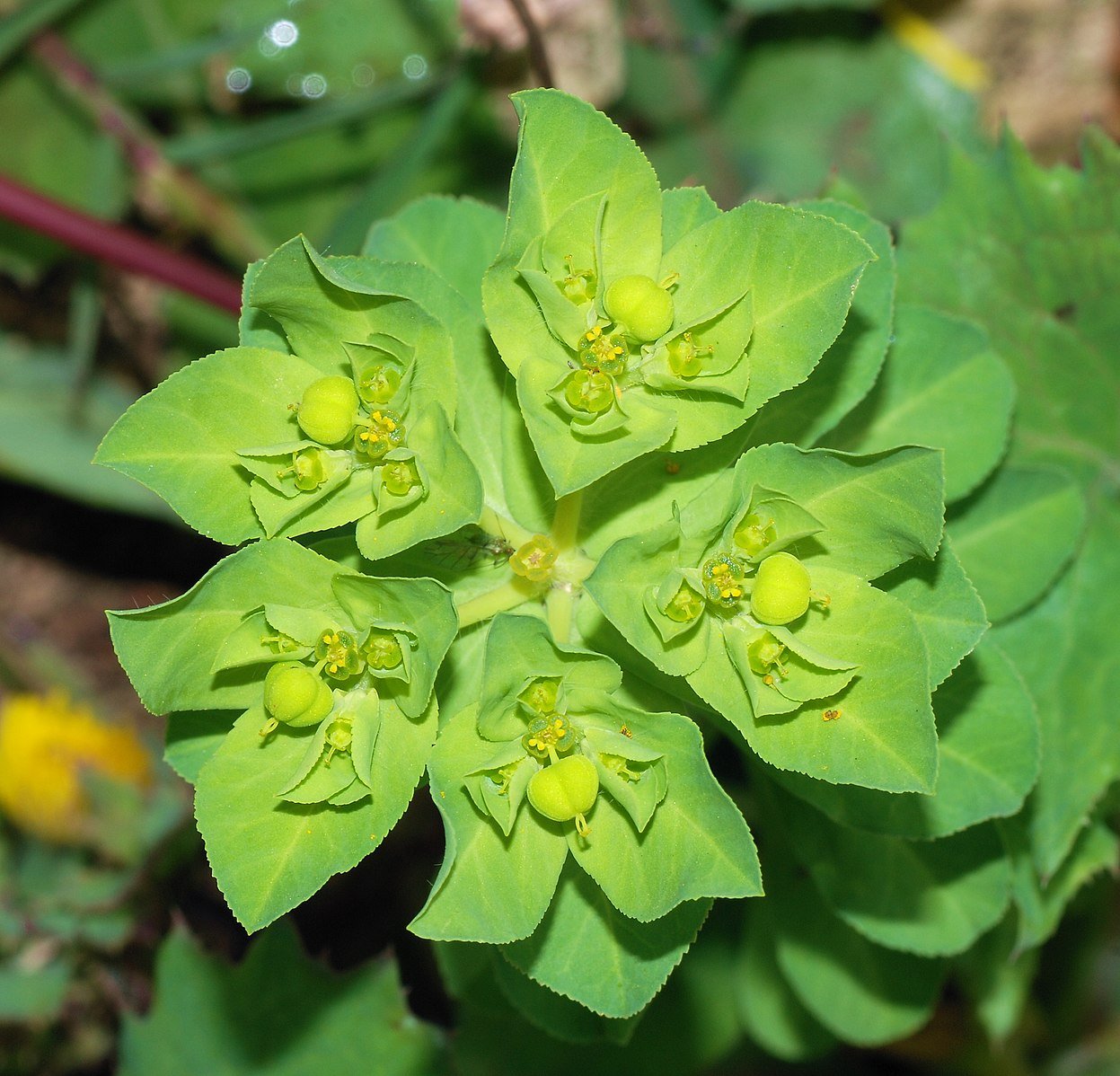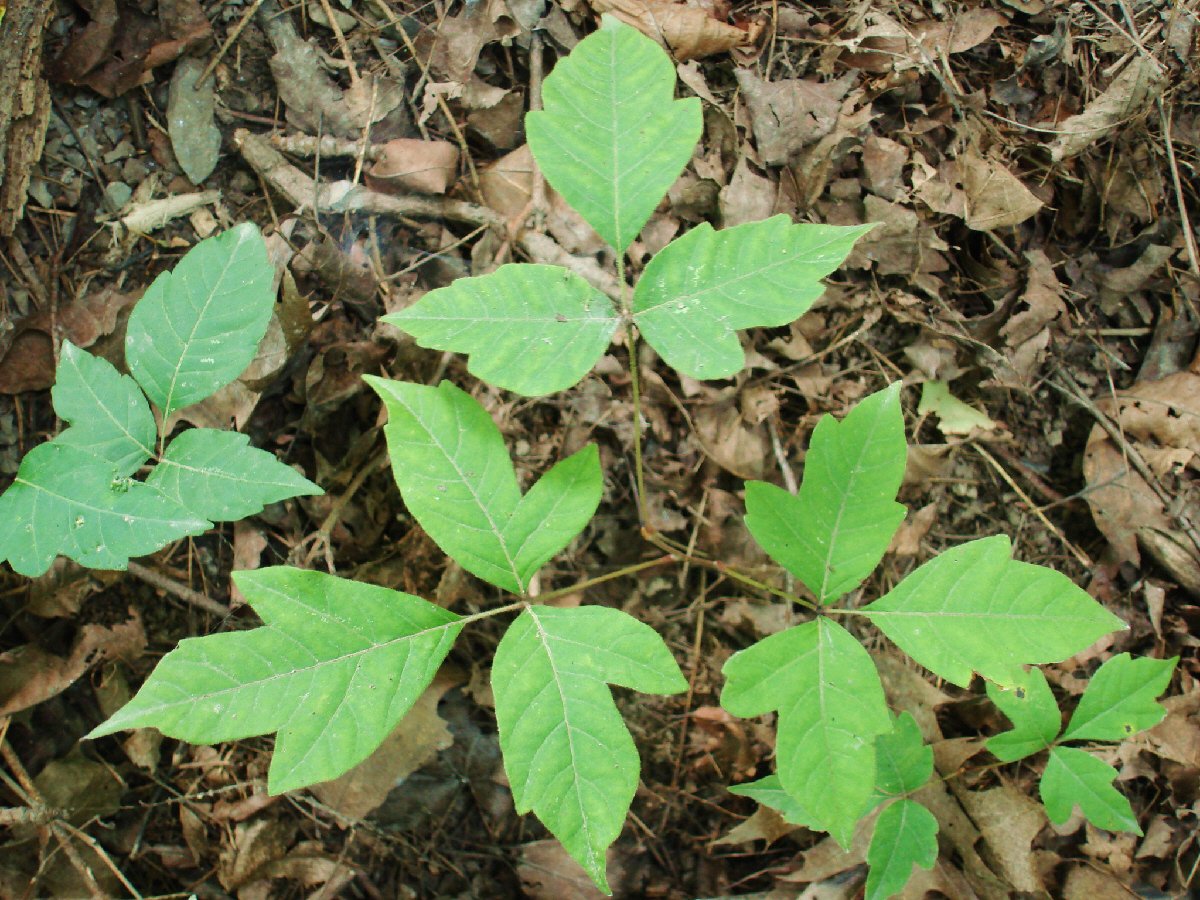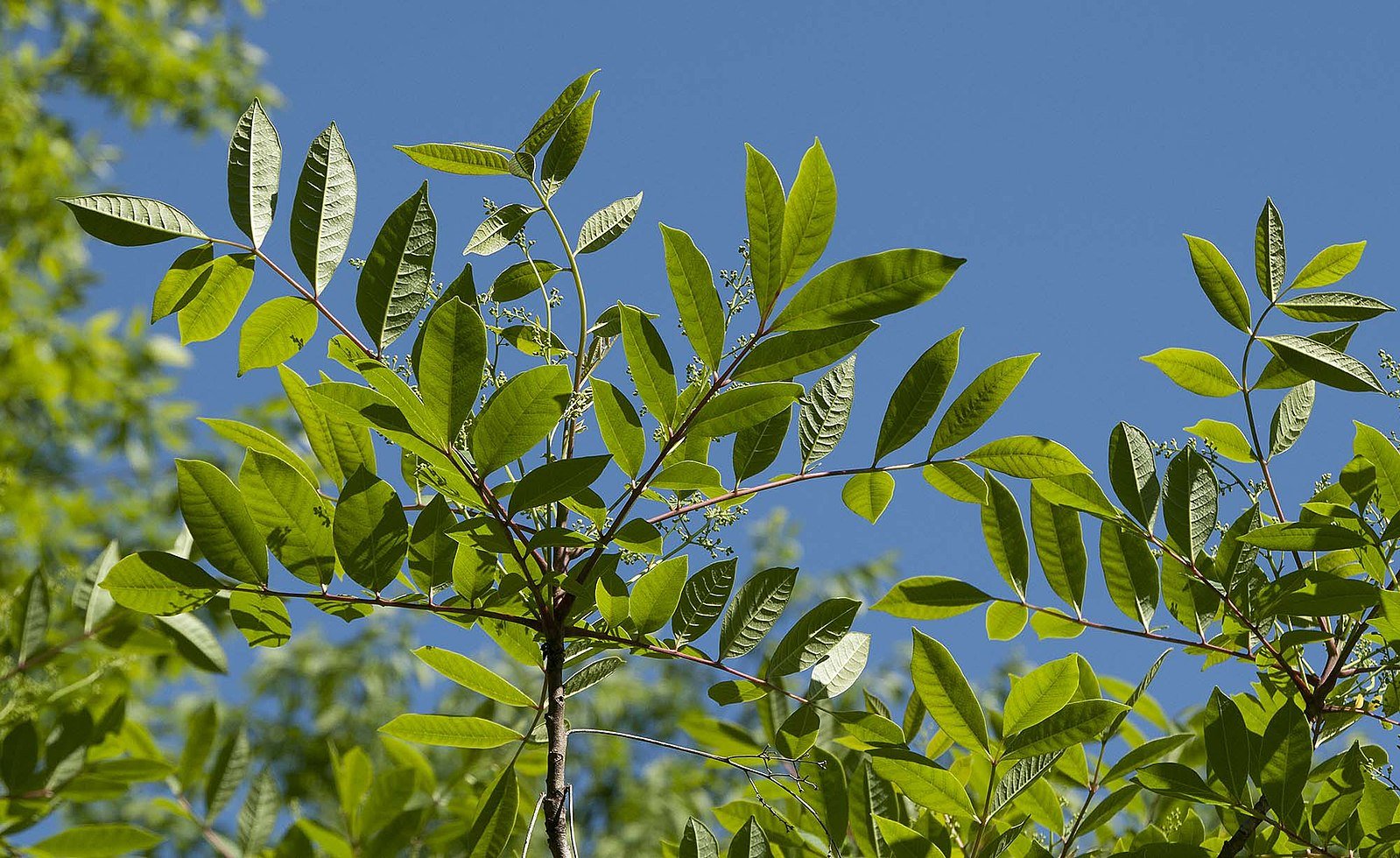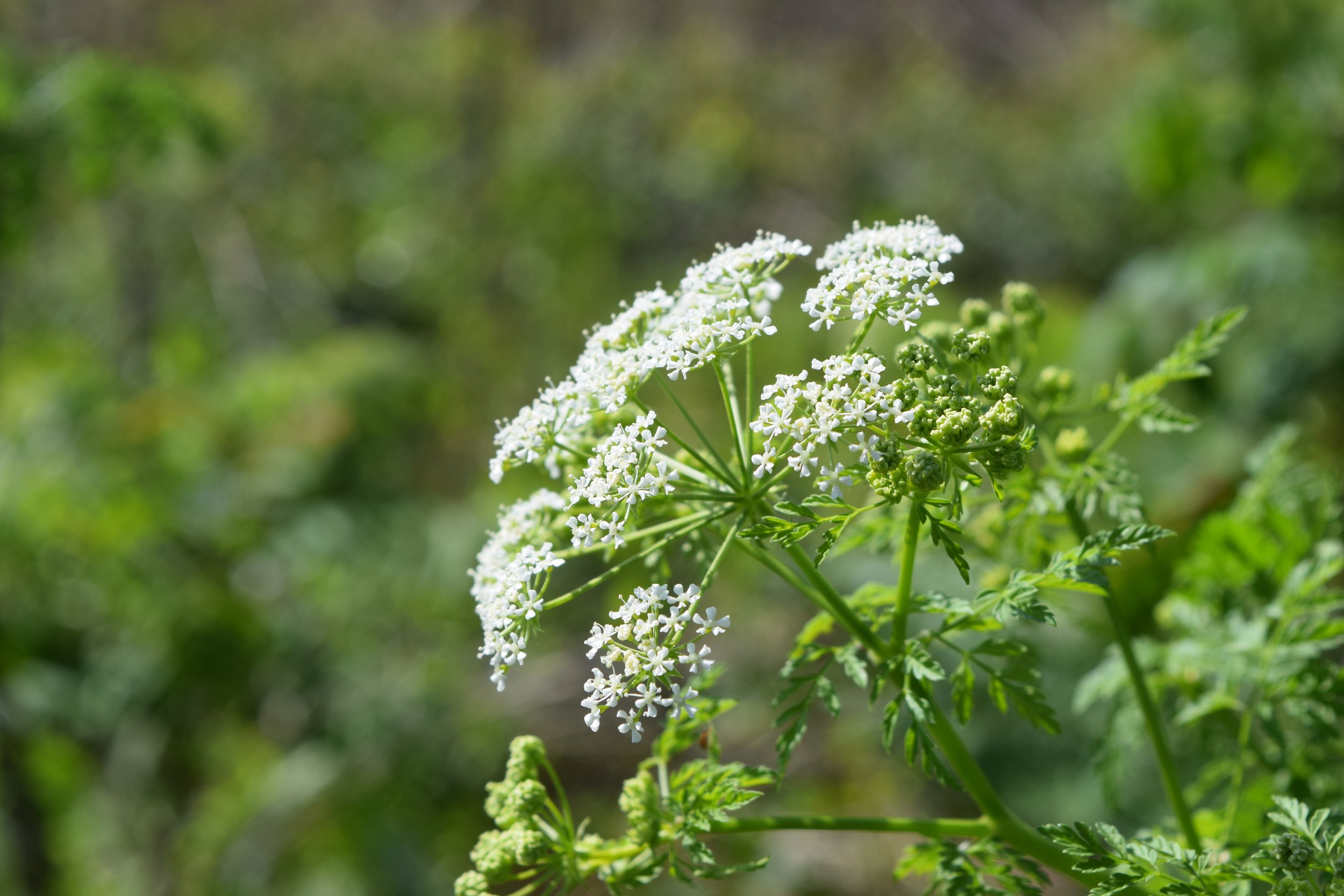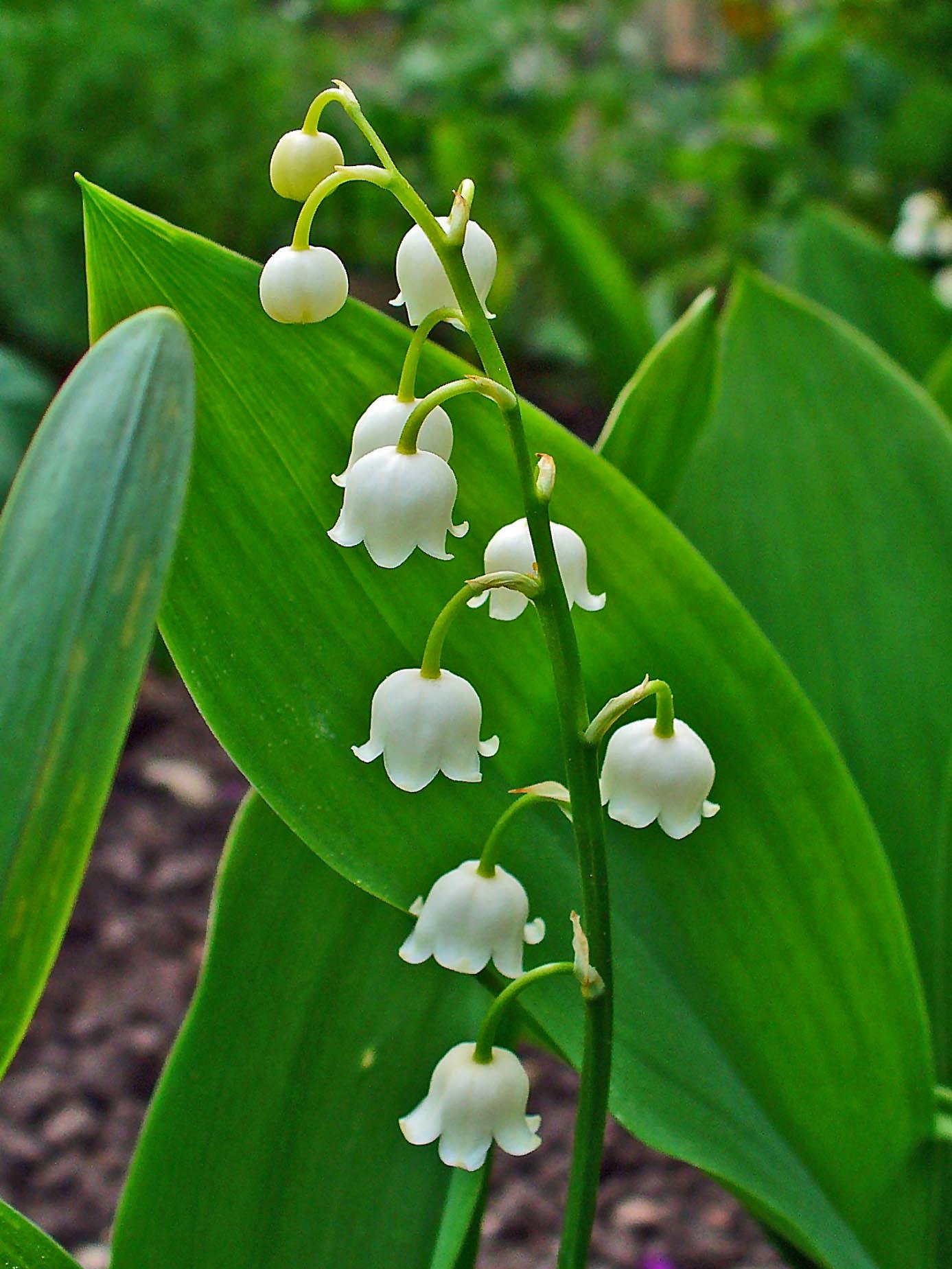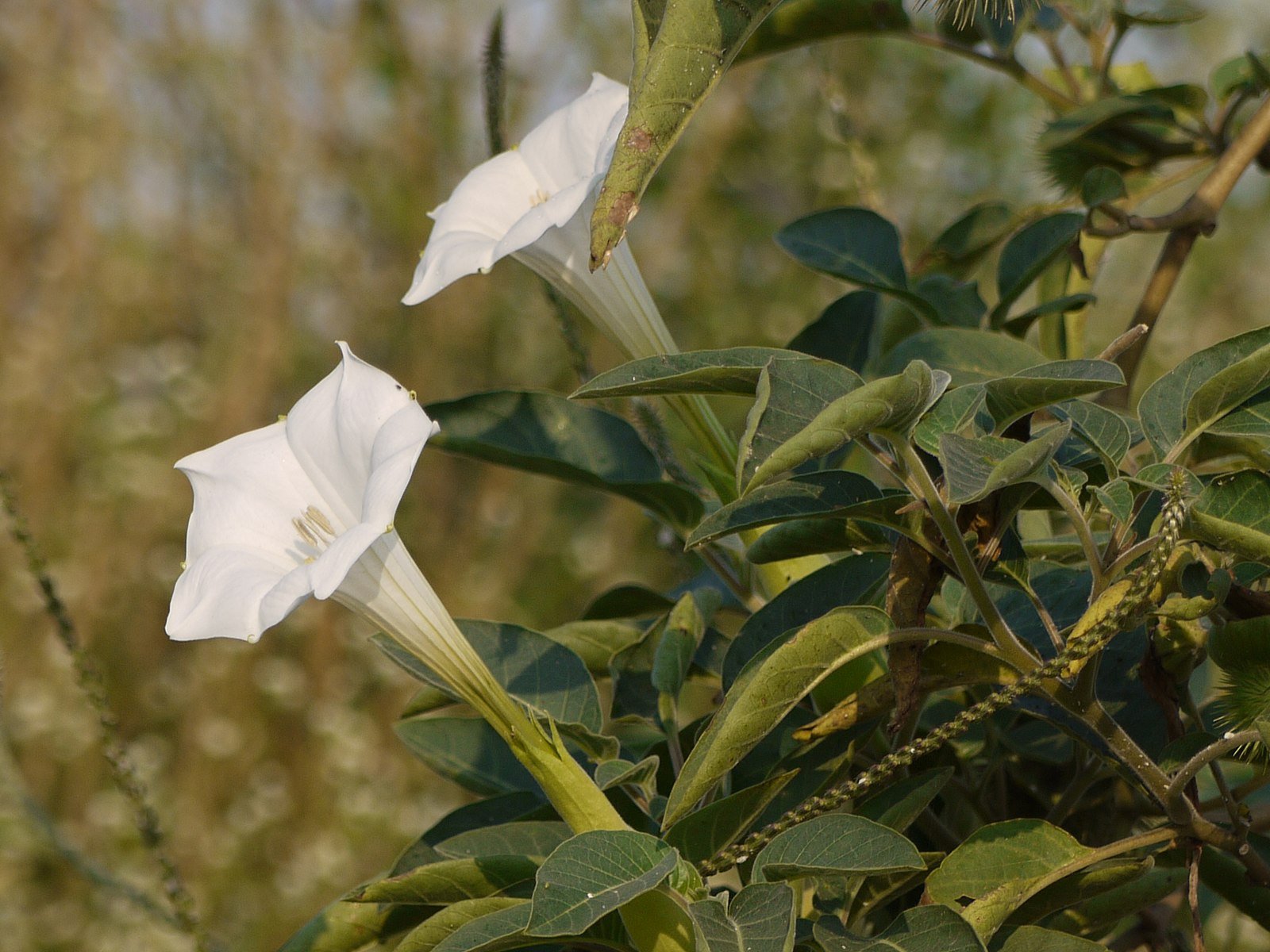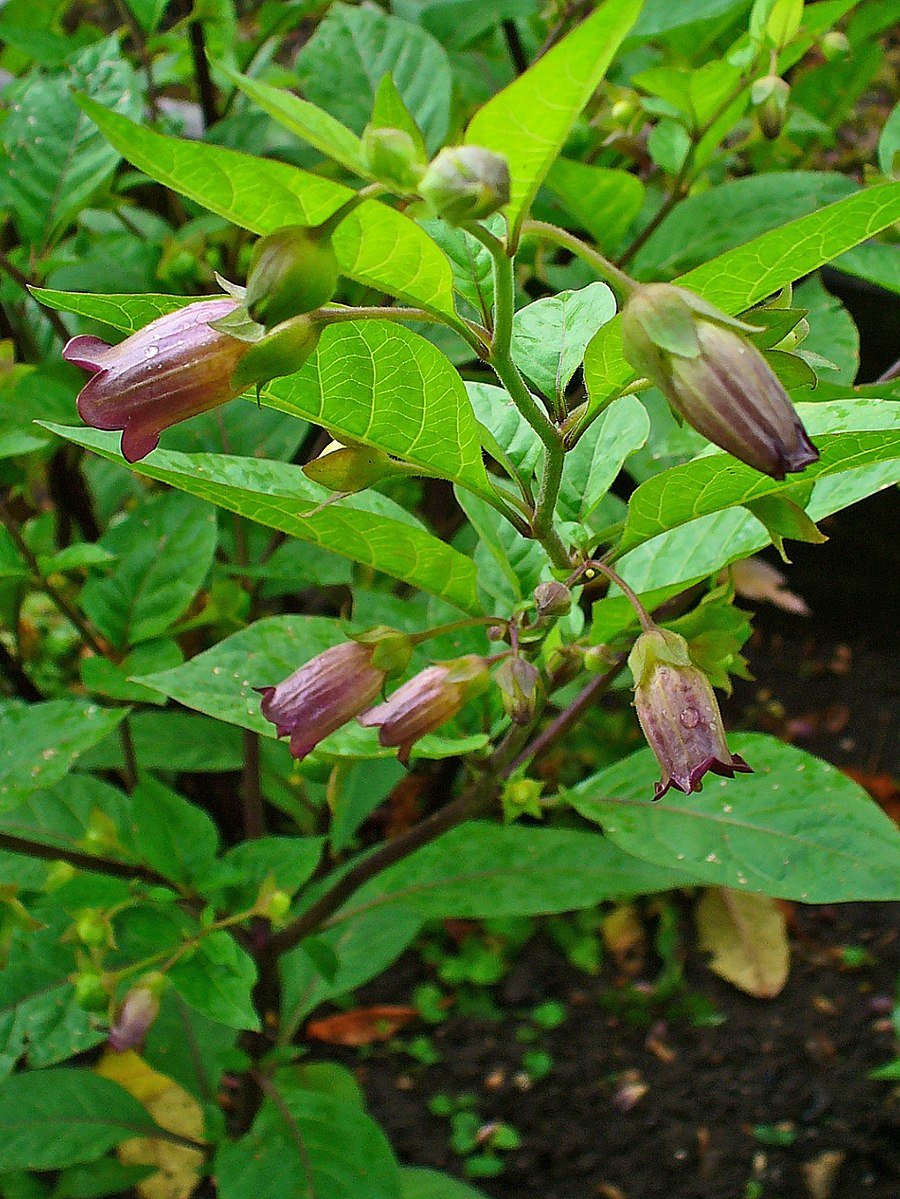Fearsome Foliage - An Overview of Toxic Plants
/Spring has sprung... and so have many species of toxic plants! Poison centers across the United States receive over 100,000 reports of exposures to toxic plants annually. The most common reported effects of these exposures are skin irritation and gastrointestinal symptoms. The majority of ingestion cases occur in pediatric patients and are often minor due to low quantities of exposure. More serious poisonings typically involve adults who ingest plants in larger quantities for recreational, self-harm, foraging or medicinal purposes (1). These moderate-to-severe cases account for approximately 1% of all poisonings (2).
It is often difficult for Emergency Medicine providers to determine the quantity and time of exposure. Plant identification presents another challenge, and can even require the input of a botanist. Now that is an interesting consult! Thankfully, some of the more common and/or dangerous plant poisonings have been well-categorized, and are summarized below.
General Management
Manage airway, breathing, and circulation.
Address life-threats. Anaphylaxis, hypoglycemia, cardiotoxicity, and neurotoxicity can all be seen following exposure to poisonous plants.
Decontaminate. Exposed skin and mucous membranes should be irrigated. If a plant was ingested, activated charcoal can be used for GI decontamination at a dose of 50 mg (or 1 mg/kg in pediatric patients) depending on time since ingestion.
Supportive care is the mainstay of therapy for the majority of plant toxicities, and involves hydration, antiemetics, cardiac monitoring, and neurological monitoring.
Skin Irritants
Skin injury and irritation are some of the most common symptoms reported following exposure to poisonous plants, and can occur through a variety of mechanisms. Numerous plant species have specialized structures that may cause physical damage to the skin, such as needles and nettles. To add insult to injury, many plants, including those of the common Dieffenbachia and Philodendron species, produce calcium oxalate crystals that accumulate on the surface of the plant in bundles. Exposure to these needle-shaped crystal bundles causes further dermal injury in areas where the skin is already punctured.
Another mechanism of skin injury is carried out by phorbol esters found in the sap of Euphorbiaceae species. Phorbol esters are able to penetrate the skin upon contact, resulting in a contact dermatitis. Interestingly, these same compounds are also known for their tumor-promoting qualities.
A strong contender for the most notorious of the poisonous plants are those of the Toxicodendron species, known colloquially as poison ivy, poison oak, and poison sumac. The poisonous nature of these plants is owed to a urushiol, a resin that forms an antigenic complex with proteins present on the surface of the skin. After sensitization, subsequent exposures trigger a T-cell mediated (Type IV) hypersensitivity reaction that results in a pruritic, erythematous rash with vesicles and/or bullae within 12-48 hours of exposure. Treatment is generally supportive and the mainstays are soothing measures such as oatmeal baths, cool compresses, and ice packs. Oral antihistamines are an option, but are generally used for sedating purposes, as the resulting dermatitis is not histamine-mediated (3). Topical corticosteroids are sometimes prescribed, but there is little evidence that this changes the disease course once vesicles have been established. There is no indication for oral or topical antibiotics unless there are concerns for a superimposed bacterial infection (4).
Nicotinic Toxins
Fun fact: A form of transdermal nicotine poisoning has been described in farm workers who handle uncured tobacco plants, and is referred to as Green Tobacco Sickness, or GTS (5).
To better understand this toxicity, recall the location and function of the nicotinic acetylcholine receptor. Though this receptor normally carries out its functions by binding to acetylcholine, the receptor is named as such because it also binds to nicotine. These receptors are present at the neuromuscular junction of skeletal muscles and ganglia of the sympathetic and parasympathetic nervous systems. When nicotine binds these receptors at low doses, stimulatory effects are produced. However, at higher doses, inhibitory effects begin to predominate.
Exposure to nicotinic and nicotine-like toxins, like those found in hemlock, present on a spectrum of illness. Mild exposures present with nervousness and tremor due to activation of the sympathetic nervous system. More severe exposures present with a constellation of symptoms, including paralysis and more pronounced sympathetic and parasympathetic findings. Death may occur secondary to respiratory failure. Unfortunately, there is no specific antidote and treatment focuses on GI decontamination and supportive care.
Cardioactive Steroid Toxins
Fun fact: Foxglove was described in 1652 in The English Physician as a laxative and treatment for wound healing, epilepsy, and “scabby head” (6).
Emergency Medicine providers are likely familiar with the toxicity resulting from exposure to Foxglove, Oleander, and Lily of the Valley. All of these plants contain cardiac glycosides which function to inhibit myocardial Na+/K+ ATP-ase. Does that sound familiar? It should - this is the mechanism of action of Digoxin. As such, presenting symptoms resemble those of a Digoxin overdose; gastrointestinal symptoms, visual disturbances, and arrhythmia. Interestingly, this ingestion can be confirmed by obtaining a Digoxin level (given that the patient does not already take Digoxin). The benefit of that laboratory study ends there however, as it does not correlate with the toxin burden. Digoxin immune fab should be administered to patients who present with arrhythmia and/or a serum potassium greater-than five. Dosing should be empiric, and not based on the serum Digoxin level.
Belladonna Alkaloid Toxins
Fun fact: What’s in a name? Atropa belladonna, known as Deadly Nightshade, was named by Carl Linneaus. The genus name “Atropa” comes from the Greek legend of The Three Fates, in which the Fate Atropos cut a person’s thread of life. The species name “belladonna” is a nod to the plant’s use as a cosmetic during the Renaissance period in which women used the juice of the berries to dilate their pupils (7).
Fun fact: Jimson Weed growing in its native ranges is noted to have up to 40 times the concentration of its toxic compounds when compared to plants growing in non-native ranges (8).
Deadly Nightshade and Jimson Weed are well known among the poisonous plants. Their toxic effects are caused by hyoscyamine and scopolamine. These atropine-like alkaloids produce an anticholinergic syndrome when smoked or ingested. Patients typically present with tachycardia, mydriasis hyperthermia, altered mental status, anhidrosis, and urinary retention. Severe cases may result in seizures or coma. Physostigmine, an acetylcholinesterase inhibitor, can be used to increase the concentration of synaptic acetylcholine in order to overcome the antagonism at muscarinic receptors responsible for this toxidrome. This is typically reserved for moderate-to-severe exposures, whereas mild symptoms can be managed with observation and supportive care. Of note, patients requiring pharmacologic therapy for management of agitation should receive benzodiazepines rather than antipsychotics, as antipsychotics may worsen their anticholinergic state.
References
Froberg B, Ibrahim D, Furbee RB. Plant poisoning. Emerg Med Clin North Am. 2007 May;25(2):375-433; abstract ix. doi: 10.1016/j.emc.2007.02.013. PMID: 17482026.
Chen BC, Nelson LS. Poisonous Plants. In: Tintinalli JE, Stapczynski J, Ma O, Yealy DM, Meckler GD, Cline DM. eds. Tintinalli’s Emergency Medicine: A Comprehensive Study Guide, 8e. McGraw Hill; 2016. Accessed March 19, 2023. https://accessmedicine.mhmedical.com/content.aspx?bookid=1658§ionid=109386389
Munday J, Bloomfield R, Goldman M, Robey H, Kitowska GJ, Gwiezdziski Z, Wankiewicz A, Marks R, Protas-Drozd F, Mikaszewska M. Chlorpheniramine is no more effective than placebo in relieving the symptoms of childhood atopic dermatitis with a nocturnal itching and scratching component. Dermatology. 2002;205(1):40.
Vernon HJ, Olsen EA. A controlled trial of clobetasol propionate ointment 0.05% in the treatment of experimentally induced Rhus dermatitis. J Am Acad Dermatol. 1990;23(5 Pt 1):829.
Fotedar S, Fotedar V. Green Tobacco Sickness: A Brief Review. Indian J Occup Environ Med. 2017 Sep-Dec;21(3):101-104. doi: 10.4103/ijoem.IJOEM_160_17. PMID: 29618907; PMCID: PMC5868082.
Culpeper, Nicholas (1652). The English Physician, Etc (1st ed.). London: William Bentley. pp. 97–98. Retrieved 22 January 2023.
“U.S. Forest Service.” Forest Service Shield, https://www.fs.usda.gov/wildflowers/ethnobotany/Mind_and_Spirit/belladonna.shtml.
Castillo, Guillermo; Calahorra Oliart, Adriana; Núñez Farfán, Juan; Valverde, Pedro L.; Arroyo, Juan; Cruz, Laura L.; Tapia López, Rosalinda (23 August 2019). "Selection on tropane alkaloids in native and non native populations of Datura stramonium". Ecology and Evolution. 9 (18): 10176–10184. doi:10.1002/ece3.5520. ISSN 2045-7758. PMC 6787939. PMID 31632642.
Authorship
Written by: Colleen Arnold, MD, PGY-1 University of Cincinnati Department of Emergency Medicine
Expert Peer Review: Mel Otten, MD, Board Certified Toxicologist, Professor of Emergency Medicine
Additional Peer Review, Editing, and Posting: Jeffery Hill, MD MEd, Associate Professor of Emergency Medicine, University of Cincinnati Department of Emergency Medicine
Cite As
Arnold, C. Otten, M. Hill, J. (April 17, 2023) Fearsome Foliage - An Overview of Toxic Plants. TamingtheSRU. https://www.tamingthesru.com/blog/diagnostics/fearsome-foliage-an-overview-of-toxic-plants


